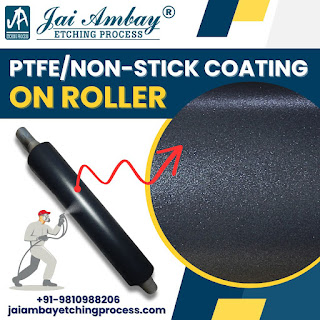Enhancing Shoe Moulds: Teflon Coating Benefits
In the world of shoe manufacturing, every detail matters. One often-overlooked detail that can make a substantial difference is the use of Teflon coating on shoe moulds. This unassuming process provides a range of advantages that can significantly improve the quality and efficiency of shoe production. In this blog post, we'll explore the benefits of Teflon coating, the coating process, and the role of PTFE coating services in the footwear industry. Understanding Teflon Coating Teflon coating, also known as PTFE (Polytetrafluoroethylene) coating, is a specialized technique where a thin layer of Teflon is applied to the surface of a shoe mould. Teflon is a synthetic fluoropolymer with remarkable non-stick and low-friction properties. It is commonly associated with kitchen cookware, but its application goes far beyond the culinary world. The Coating Process The Teflon coating process is a meticulous and precise procedure that involves several key steps: Preparation: The shoe mould i...



.PNG)